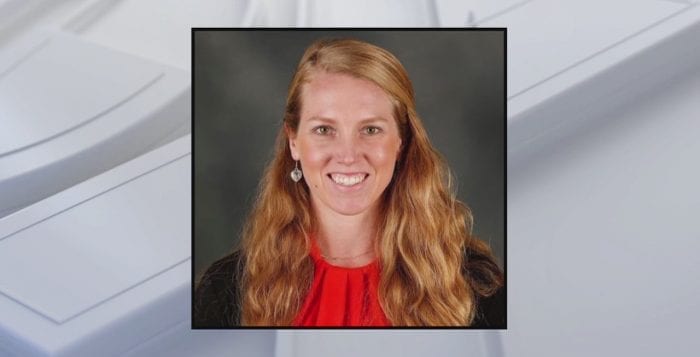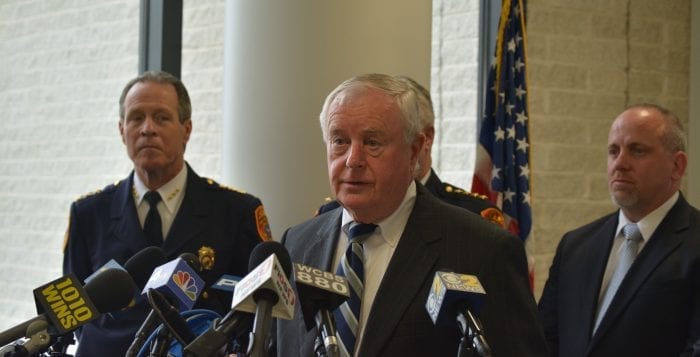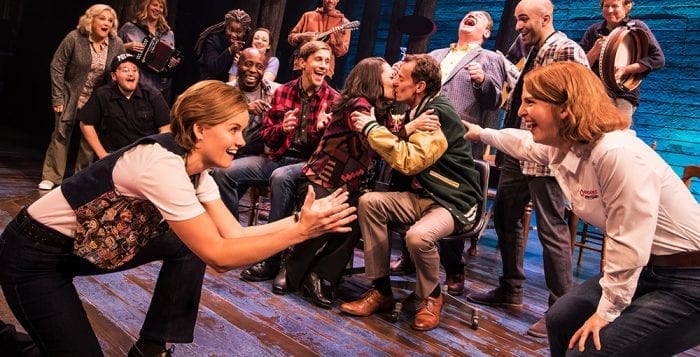By Leah S. Dunaief

Here is our first invitation for you in the new year. You are cordially invited to a lovely reception at the historic Three Village Inn in Stony Brook village next Wednesday, Feb. 5, from 6 to 8 p.m., during which time we will honor the first prizewinners of our TBR Readers’ Choice 2019 contest. Tickets are $60 a person. Last year we asked you to fill in a questionnaire telling us your favorite businesses and professionals in some 100 categories, ranging from accountant, attorney and acupuncturist through the alphabet to winery, women’s clothing, yoga studio and veterinarian.
We supplied you with an entry form, a full page in our six newspapers — and only in our newspapers rather than on our website and social media — to encourage you to pick up the newspapers and see what you have been missing if you have only been reading us online. That meant you had to mail in or bring in the completed entry forms to our office, an added task in this age of transactions routinely completed over the internet. Most of the entries were mailed in via the U.S. Postal Service, what we have come to call “snail mail.”
We didn’t know what to expect.
To our delight, we received 2,525 nominations over the course of the weeks the contest ran. After we tabulated the responses from Huntington, Greenlawn and Northport, Smithtown, Kings Park, St. James and Lake Grove, Port Jefferson and Port Jefferson Station, Sound Beach, Rocky Point and Miller Place, Yaphank and Centereach, Stony Brook and Setauket and more, we were delighted to publish the winners in a special supplement at the close of the year.
Now we are celebrating those “No. 1’s” at the aforementioned reception next Wednesday evening. In addition to the individual businesses and services, we are celebrating much more. We are proudly calling attention to the fact that retail is not dead. That newspapers are not dead. That the Post Office is not dead. That communities, of which businesses are a central part, are vibrant. And that shopping locally is an important part of our residents lives.
I think we made a point. Several points, in fact.
Now comes “Thank You.” Thank You to all who took the time to express their appreciation for their favorite businesses, business owners and managers by sending in the entries. Thank You to those business owners and professionals who faithfully serve their clientele — the winners and the many who were also nominated but perhaps lost by a vote or two. We are mentioning the latter group in this week’s issue with their own supplement. And Thank You to the fabulous staff of Times Beacon Record for the many hours they put in to tabulate the results, design and send out invitations and certificates, field calls asking for information and countless other tasks, including selling advertising in support of the effort to salute local shopping.
So consider these two supplements — the winners and those also nominated — as lists of preferred local establishments whose services come recommended. And think of others who might have been improperly overlooked but who can be voted in for the Best of 2020.
While you are thinking, come to the party. There will be music, lights, camera, action and, of course, food. A red carpet will be provided for the winners to walk on as they come to the podium for their framed certificates. They will be videoed and then shown on our website for the next couple of months, photographed and appear in subsequent editions of our newspapers and otherwise be toasted.
Best of all, this is another chance for the community to get together and enjoy each other. We, as the publishers of the community newspapers and digital media, work to enhance the sense of community in the areas we serve. This is the first of several events we plan to offer you this year.
We hope to see you, our readers, the winners, those also nominated, the many who sent in the nominations, and other members of the neighborhood at the party. Valet parking will be provided. Go to our website, tbrnewsmedia.com, or call us at 631-751-7744 and order tickets now. Thank You.

















